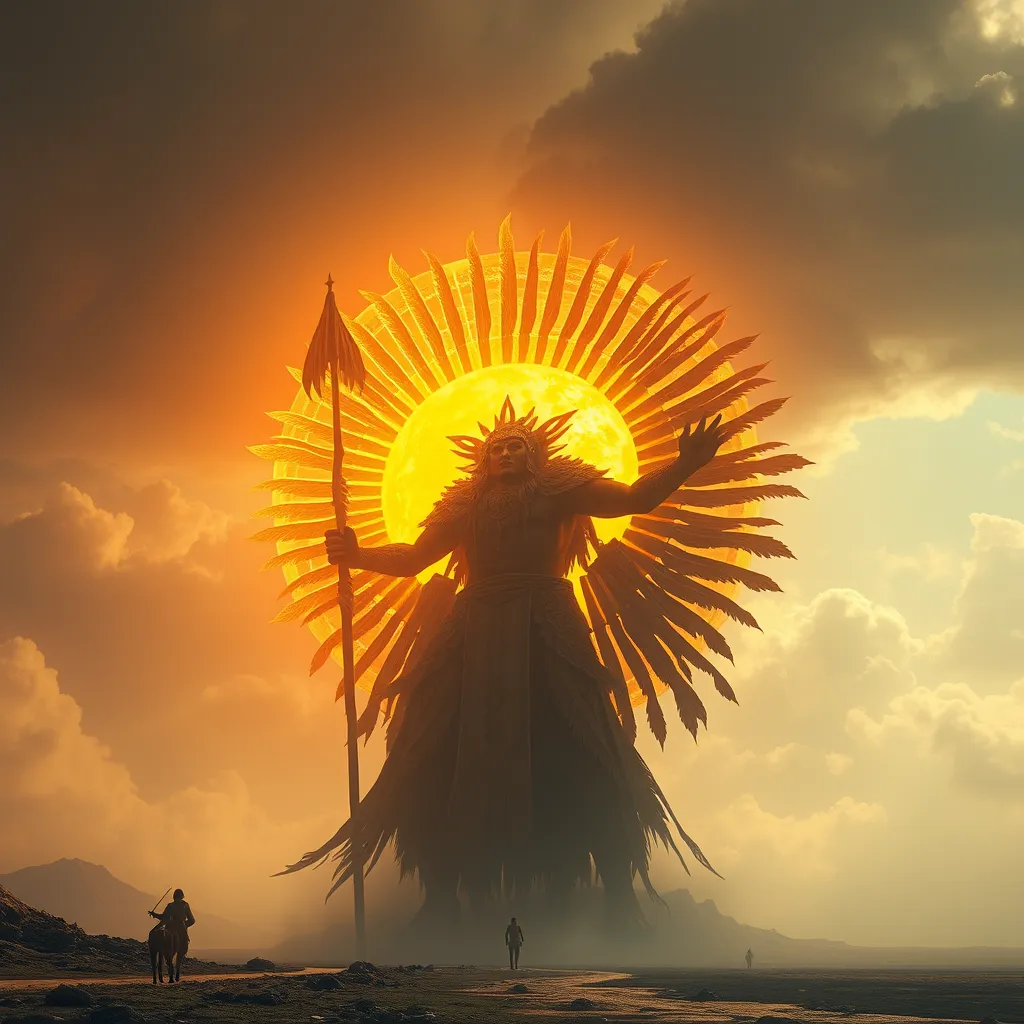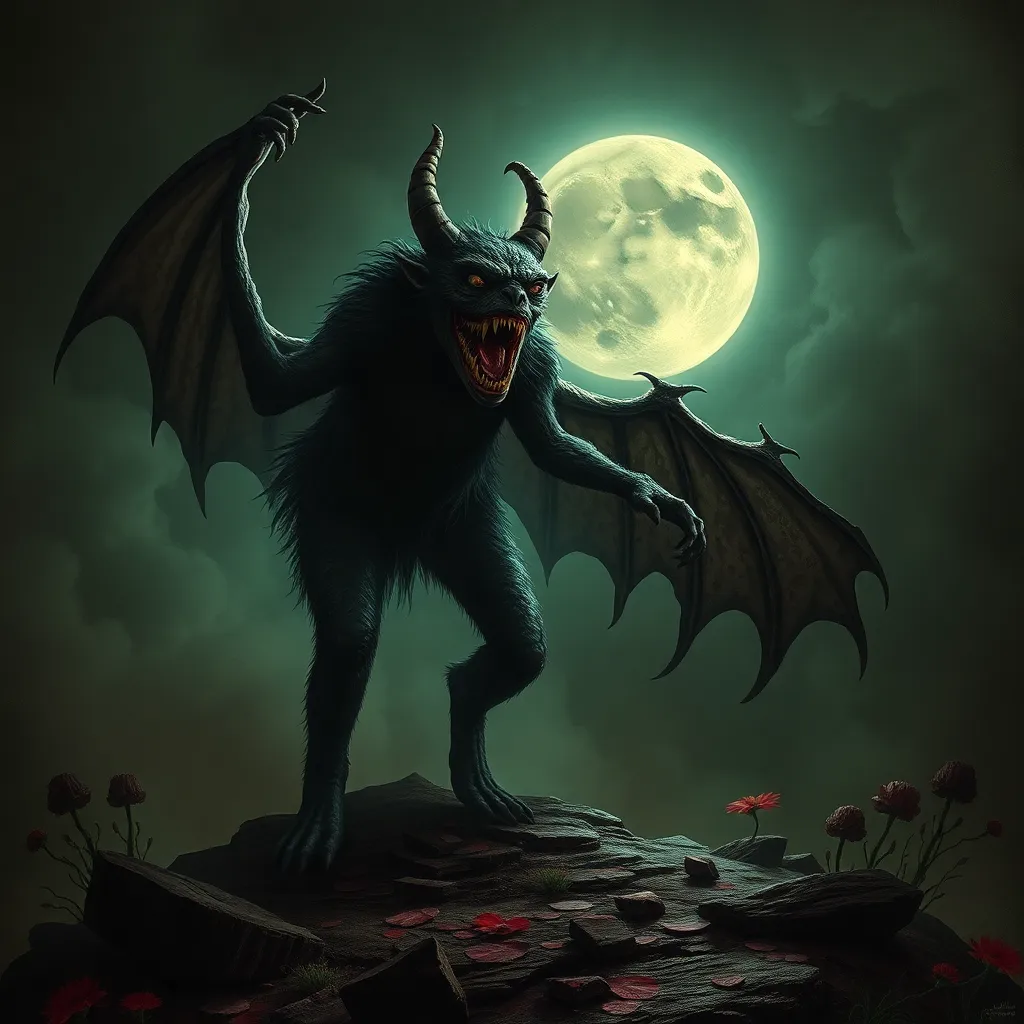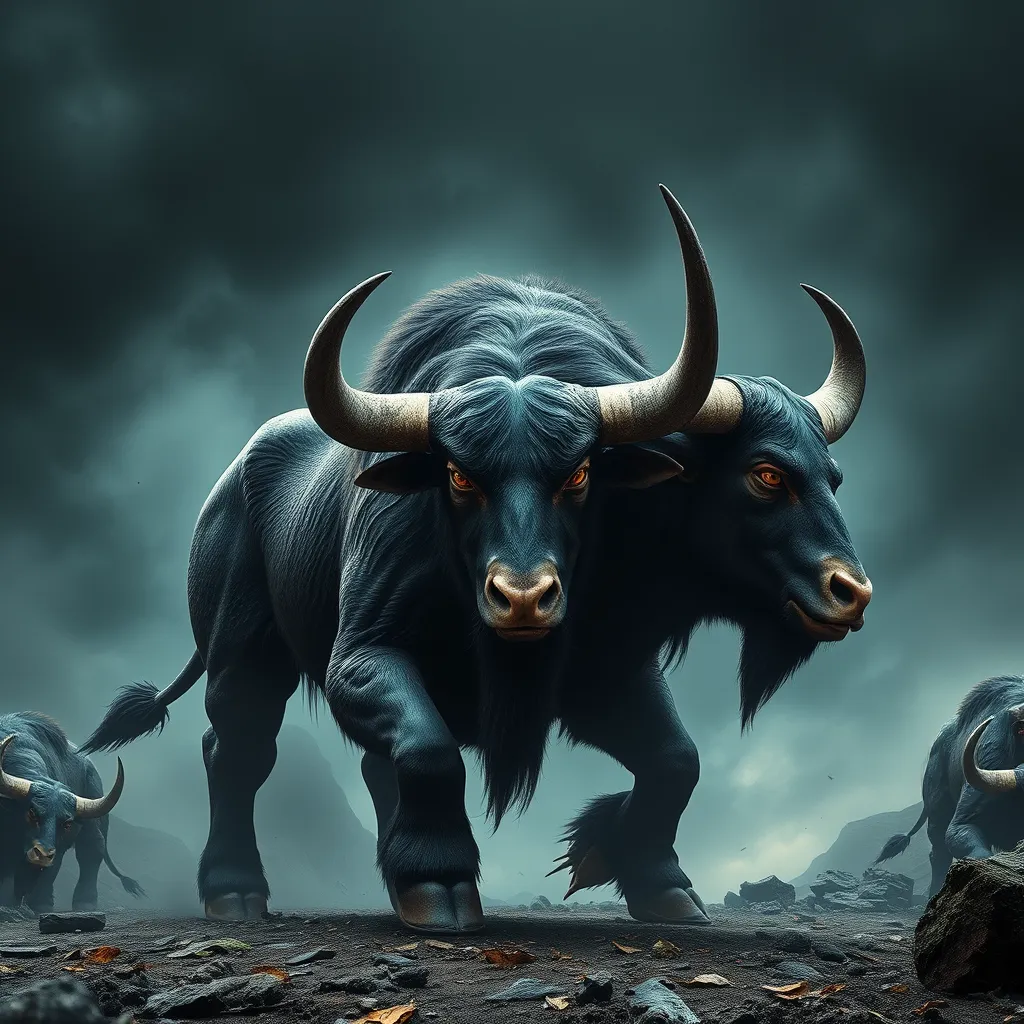The Giant of the Sun: A Peruvian Legend of the Inti
I. Introduction
The sun holds a sacred place in Peruvian culture, revered not only as a celestial body but as a powerful deity that influences life and agriculture. Central to this reverence is Inti, the Incan sun god, who symbolizes warmth, growth, and the cycles of nature. This article aims to delve into the legend of the Giant of the Sun, exploring its origins, characters, themes, and cultural impact.
II. Historical Context
The Inca civilization, which flourished in the Andean region from the early 15th century until the Spanish conquest in the 16th century, had a rich tapestry of beliefs centered around nature and the cosmos. The Incas worshiped various deities, with Inti being one of the most significant. He was believed to be the ancestor of the Inca rulers and was essential in agricultural practices, guiding planting and harvesting through seasonal changes.
Oral traditions played a crucial role in preserving the cultural heritage of the Incas. Legends were passed down through generations, often serving as moral lessons or explanations for natural phenomena. The story of the Giant of the Sun is one such legend, encapsulating the values and beliefs of the Incan people.
III. The Legend of the Giant of the Sun
The Giant of the Sun is depicted as a magnificent being, radiating light and power, embodying the essence of Inti. His golden skin glistens like the sun, and his presence is said to bring warmth and life to the earth. However, his greatness also draws envy and conflict.
In the legend, the Giant was tasked with illuminating the world, but his immense power threatened to scorch the earth. To prevent destruction, the other deities intervened, seeking to balance his overwhelming light. Key events in the legend include his creation, the challenges faced from rival deities, and the eventual acceptance of his role as a giver of life.
The Giant’s actions symbolize the balance between light and darkness, representing growth and nurturing while also illustrating the potential for destruction when power is unchecked.
IV. Characters in the Legend
The legend features several key figures:
- Inti: The revered sun god, father of the Giant, who represents the central force of life.
- The Giant: A powerful being tasked with illuminating the world.
- Other Deities: Various gods that represent natural elements and human emotions, often in opposition to the Giant.
- Humans: The mortal beings who look to the Giant for light, guidance, and growth.
The relationships among these characters are complex. Inti and the Giant share a bond of creation and responsibility, while the other deities often challenge the Giant’s supremacy. Humans, caught in the middle, symbolize the reliance on divine forces for survival and prosperity.
V. Themes and Symbolism
The legend of the Giant of the Sun is rich with themes and symbolism:
- Sacrifice: The Giant’s struggle reflects the sacrifices necessary for the greater good, embodying the idea that great power comes with great responsibility.
- Light vs. Darkness: The eternal conflict between illumination and shadow serves as a metaphor for knowledge and ignorance.
- Fertility: The Giant’s warmth nurtures the earth, symbolizing the life-giving force of the sun, essential for agriculture.
Furthermore, the sun itself is a potent symbol—representing life, protection, and the cyclical nature of existence. These themes resonate with contemporary values, such as environmental stewardship and the importance of balance in life.
VI. Cultural Impact
The legend of the Giant of the Sun has significantly influenced Peruvian art, music, and festivals. Traditional dance forms often incorporate elements of the legend, celebrating the sun’s role in agriculture and community life.
In modern interpretations, the Giant has appeared in various artistic expressions, from literature to visual arts, where his story is reimagined for contemporary audiences. This legend fosters cultural pride and identity, reminding Peruvians of their rich heritage.
VII. Comparisons to Other Mythologies
The Giant of the Sun shares similarities with sun deities from other cultures, such as:
- Ra: The Egyptian sun god, who also represents light and life.
- Helios: In Greek mythology, the sun god who drives his chariot across the sky.
These comparisons reveal universal themes in sun legends globally, such as the importance of light for sustenance and the reverence for celestial bodies. However, the Giant of the Sun retains unique aspects that reflect the specific cultural and geographical context of the Andes.
VIII. Conclusion
The Giant of the Sun is a significant figure in Peruvian folklore, representing the deep connection between the Inca people and the sun. His legend encapsulates themes of sacrifice, balance, and the cycle of life, serving as a reminder of the natural world’s power.
Preserving such legends is crucial for future generations, ensuring that the stories of the past continue to inspire and educate. The enduring legacy of Inti and the Giant of the Sun remains vital in contemporary culture, reflecting values that transcend time and geography.



